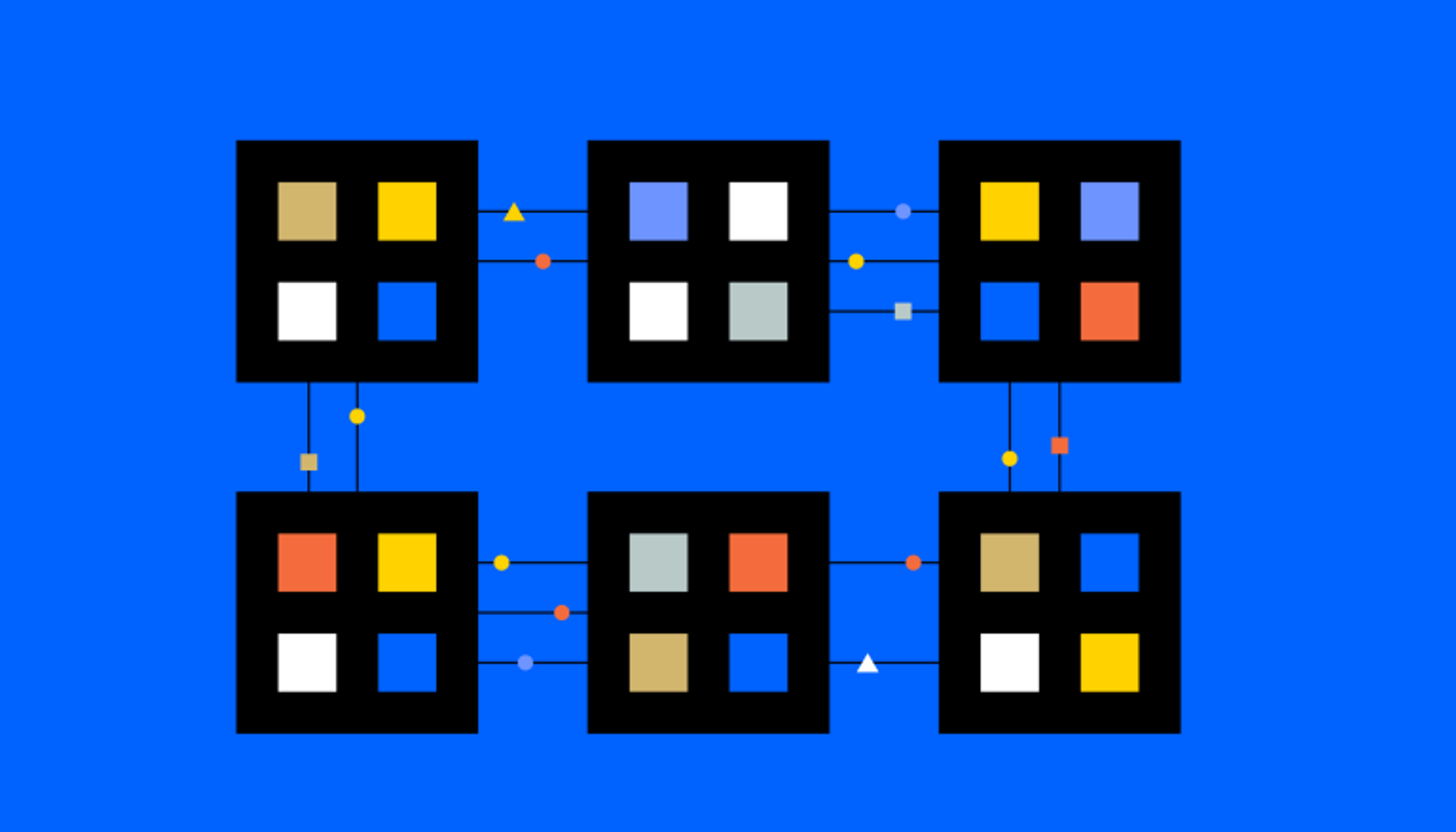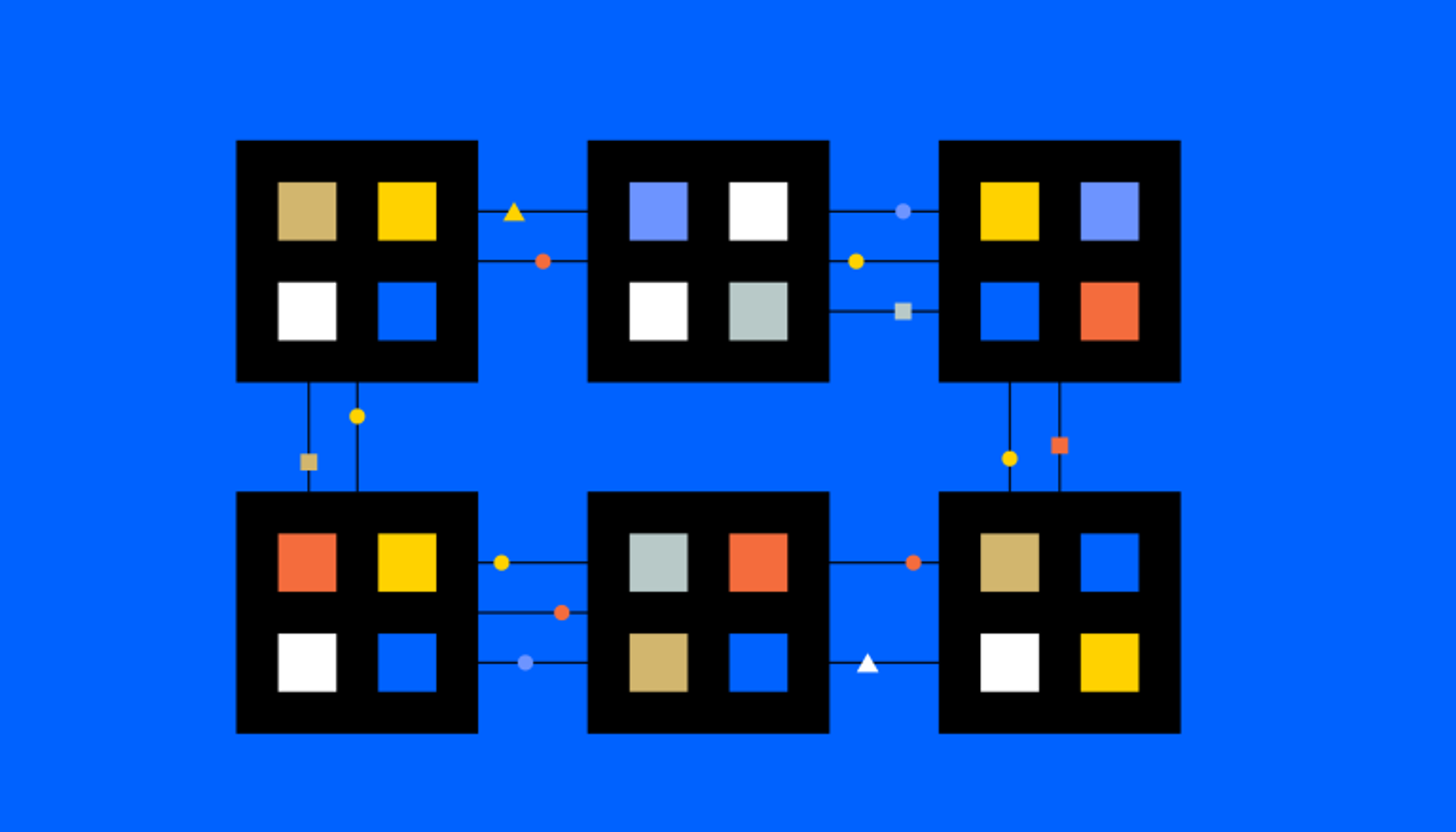Blockchain For Dummies

Welcome! You've landed here perhaps because you've had enough of the complex jargon and intricate terminologies that often surround the topic of blockchain. You may have found yourself typing "blockchain in simple words" into Google, desperately seeking a straightforward explanation. Or perhaps you're simply here out of boredom, looking for something new and interesting to learn about. Regardless of the reason, I assure you that you're in the right place. In this article, we will break down the concept of blockchain into easily digestible pieces. So sit back, relax, and prepare to gain some valuable insights from this comprehensive guide.
The Need
Imagine you're a new college student living in a dorm with many other students. Everyone has their own valuable items, like laptops, phones, and books. Now, let's say you want to trade your laptop with another student's phone.
In a normal situation, you'd have to trust each other that the trade will happen as agreed. You might tell your friends about the trade to make it official, but there's always a risk that the other party denies the terms of the trade afterward.
To mitigate this, you might facilitate the exchange by involving a trusted third party, like a bank. However, banks come with added fees and delays. Moreover, banks operate on a centralized system, meaning they have control over the transactions and can be vulnerable to errors, fraud, hacks, or downtimes.
But banks are heavily regulated and most money is insured. What’s the point?
True, the chances of having a security issue with a bank might be relatively small because of being heavily regulated. So aside from fees and delays (in many parts of the world, transferring money can take days), there isn’t much wrong with the current banking system.
However, not all industries out there are heavily regulated. Let’s take the art industry, for example. One problem in the art industry is knockoffs. How much do you trust a person (or a museum) with a potentially million-dollar piece of art, knowing that it could easily be stolen/duplicated? Read on to find out how blockchain can solve this.
This is where blockchain comes in. Blockchain is like a digital ledger that records all the trades happening in the dorm. When you and your friend agree to trade, you write down this trade in the ledger, and so does your friend. This ledger is distributed to every person in the dorm, meaning the trade is visible to them as well. Once the trade is recorded in the ledger, it can't be changed or erased. Any attempt to change/manipulate the transaction on one notebook can be easily caught (unless every single student manipulates the same transaction I guess?). This makes it secure and trustworthy for everyone.
We will refer to the notebook example throughout this article, so make sure to keep it in mind when reading on.
The Definition
Let’s take some well defined, but somewhat complex definitions of Blockchain from the EU Agency for Cybersecurity an break it down.
“Blockchain is a public ledger consisting of all transactions taken place across a peer-to-peer network. It is a data structure consisting of linked blocks of data, e.g. confirmed financial transactions with each block pointing/referring to the previous one forming a chain in linear and chronological order. This decentralised technology enables the participants of a peer-to-peer network to make transactions without the need of a trusted central authority and at the same time relying on cryptography to ensure the integrity of transactions”
Blockchain is a public ledger
At its core, blockchain is a digital ledger that records transactions (just like the notebook in the dorm). These transactions needn’t be of a currency (cryptocurrency), but rather of something tangible.
